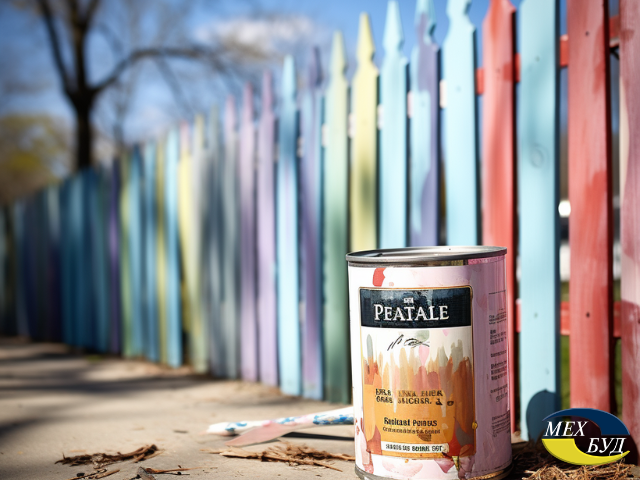Fence Color Selection: Using the RAL System for Perfect Design
Color choice for a fence is not just a matter of personal preference but also a crucial aspect of landscape design. The harmony of your home and garden’s overall appearance depends on the correctly chosen color. In this context, the RAL system serves as a key tool for selecting the perfect shade.
The RAL system was developed in Germany in 1927 and has since become an international standard for colors in industry and design. This system classifies colors with unique codes, allowing for precise and unambiguous identification of each shade. Comprising more than 200 colors, the RAL system offers a vast selection, ranging from gentle pastel tones to vibrant and saturated hues.
Using the RAL system in choosing the color for your fence ensures that you get the exact shade you saw in the catalog or sample. This is particularly important when ordering materials or paints, as different manufacturers may offer “similar” colors that significantly differ from each other. With RAL, you avoid such discrepancies and ensure that the color of your fence corresponds to your initial vision.
In the following sections, we will explore how to use the RAL system for fence color selection, which popular shades suit different styles, and how color can impact the overall perception of your home.
What is the RAL System?
The RAL System is a globally recognized standard used to ensure consistency and accuracy in color selection. This system was created in Germany and today encompasses over 200 standardized colors. Each color in the RAL system has a unique four-digit code, eliminating confusion and ambiguity when choosing shades. These codes have become the gold standard in various industries, from construction and design to the manufacturing of paints and coatings.
Why is the Right Choice of Fence Color Important?
The color of the fence plays a key role in the overall visual perception of your home and garden. The right color choice not only enhances aesthetic appeal but can also influence the mood and perception of space. For example, light shades make the space feel more open and airy, while dark colors lend a sense of seclusion and formality. Additionally, the color of the fence can reflect the individual style of the homeowner and harmonize with the surrounding environment.
How to Choose a Fence Color Using the RAL System?
When choosing a fence color using the RAL system, several factors should be considered:
- Style of Your Home and Landscape: Choose colors that harmonize with the architecture of your home and the surrounding landscape.
- Functionality: Determine whether you want your fence to stand out or, conversely, blend harmoniously with the surroundings.
- Climate Conditions: Some colors may fade under the influence of sunlight or be more susceptible to the visibility of dirt and dust.


Care and Maintenance of Colored Fences
- Regular Cleaning: Clean the fence regularly to remove dust, dirt, and moss, preserving the original color appearance. Use gentle cleaning agents and brushes to avoid damaging the coating.
- Damage Protection: Apply protective coatings such as varnishes or antiseptics for additional color and material protection, especially crucial for wooden fences.
- Damage Inspection: Routinely inspect the fence for cracks, chips, or peeling paint. Immediately address any damages to prevent further deterioration of the fence’s condition.
- Color Maintenance: If the color fades or loses its vibrancy over time, consider repainting the fence. This not only restores the appearance but also extends the lifespan of the fence.
Adhering to these simple yet essential care and maintenance recommendations will help preserve the beauty and integrity of your colored fence for an extended period.
Conclusion
The choice of fence color is a significant decision that can dramatically alter the appearance of your home. Utilizing the RAL system enables a more deliberate and precise decision-making process. The shades offered by this system help create a harmonious and appealing design that will bring joy for many years to come.
